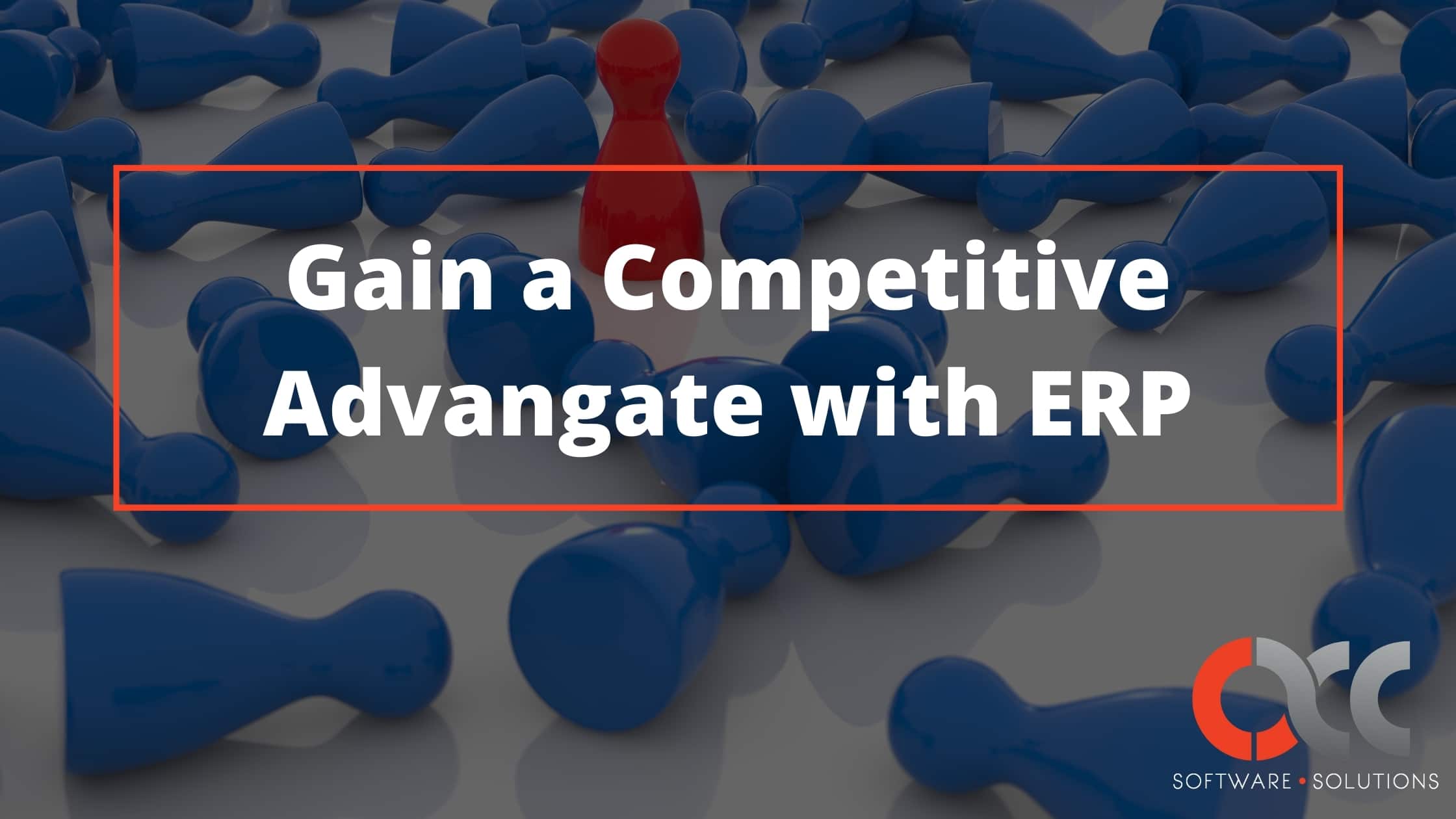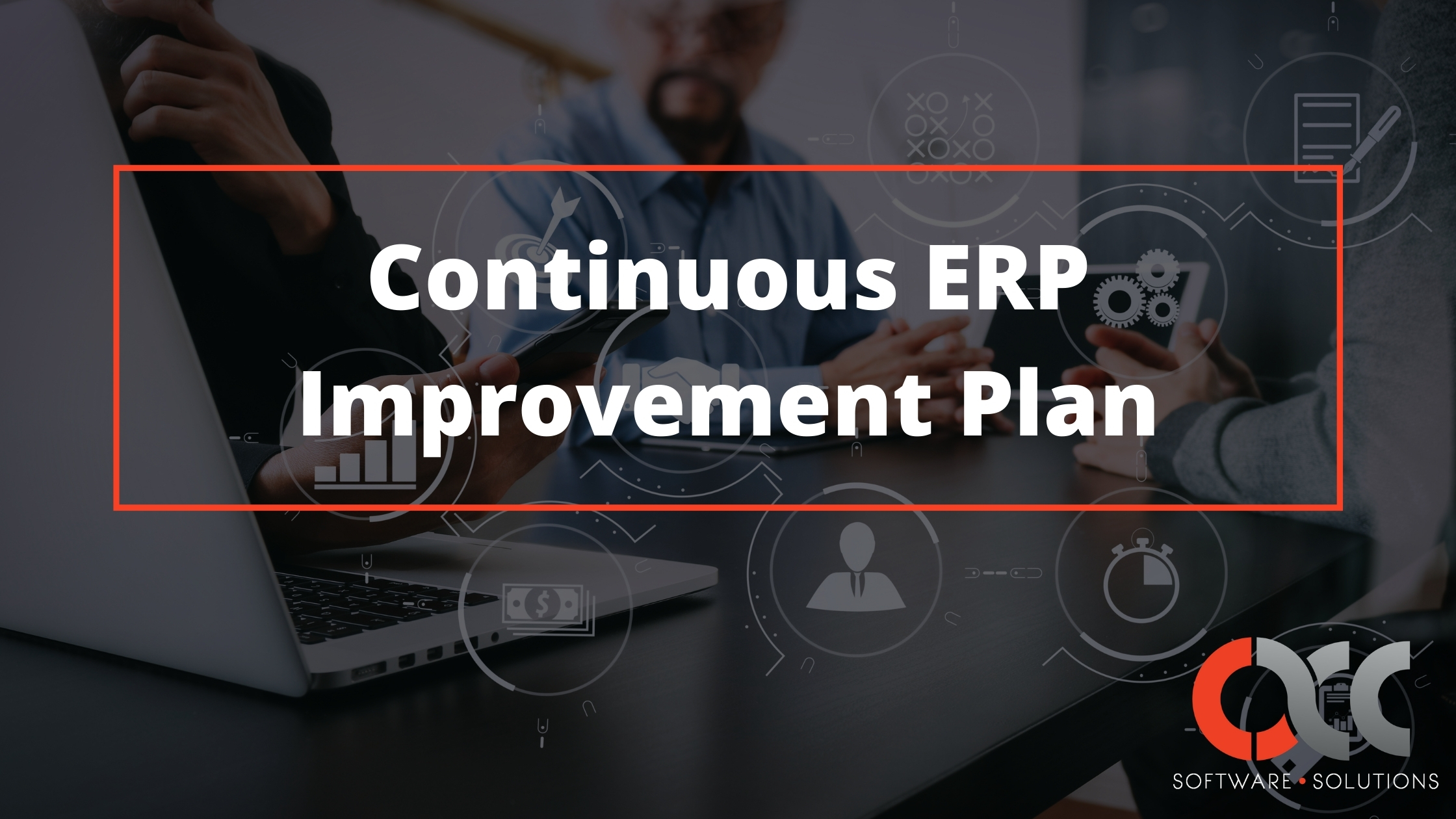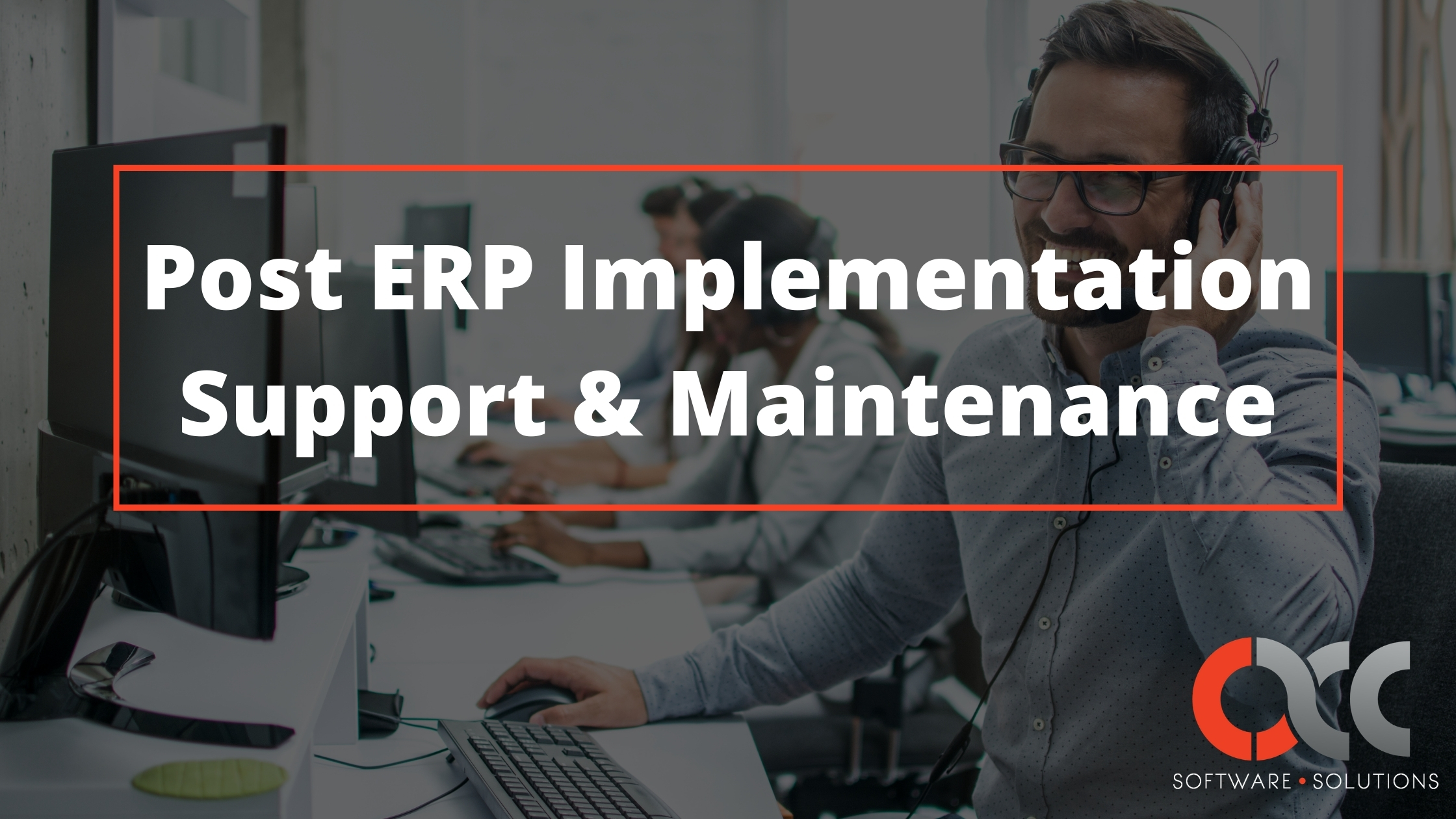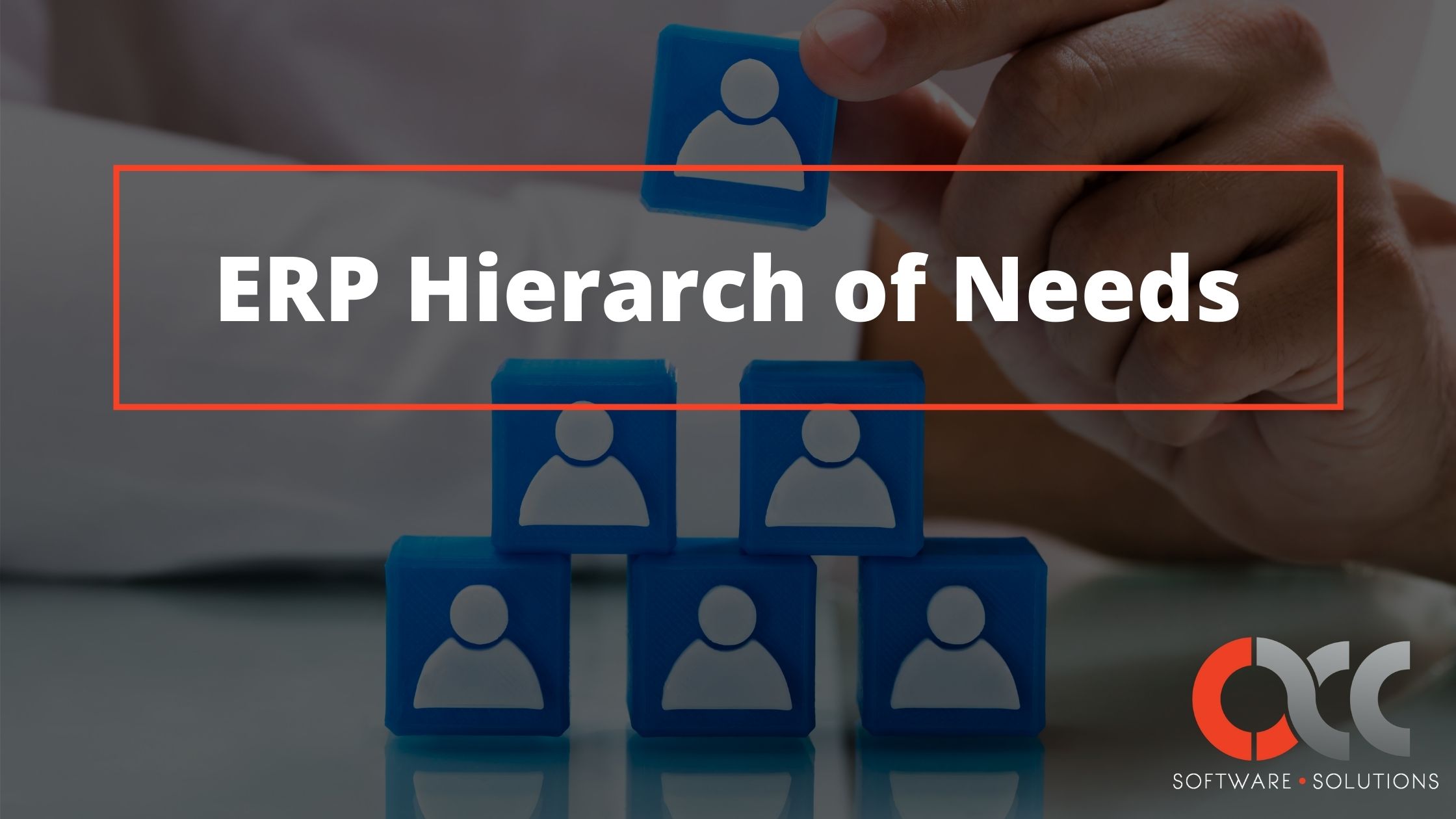
Competition in the manufacturing and distribution industries continues to grow tougher every day, as new challengers arrive. The only way to succeed is by defeating the competition.

A continuous ERP improvement plan is a proactive approach where you are constantly reflecting upon business processes and identifying opportunities for improvement and growth.

The Always Current program by ACC Software Solutions is designed to keep your ERP solution on the most recent software version.

One of the greatest benefits of Acumatica ERP is the immense customization capabilities. Here’s how you can take advantage of your Acumatica ERP and customize screens to have vital data readily available at your fingertips.

Your organization can earn long-term success from the ERP implementation if you help end-users climb the learning curve with timely, robust support and comprehensive maintenance and support plans for the future.

Maslow’s Hierarchy of Needs a psychological concept that people are willing to fulfill basic needs before pursuing higher level needs. This theory was created in 1943 by Abraham Maslow. The five levels, physiological, safety, connection, esteem, and self-actualization are all components of what humans need. Just like we need these basic necessities, so does a company when implementing a new ERP system. All five levels in an ERP sense are vital to future system success. Below you will find a creative infographic highlighting the similarities of each human need to each ERP need.
Solutions by Industry
What's New
Farewell to 2025: A Smarter Year-End Starts with Acumatica
Read MoreSubmitted by Stephanie Dean on Wed, 12/24/25 - 10:07
Acumatica Users: ACC’s Guide to Process 1099s and File Through Aatrix
Read MoreSubmitted by Stephanie Dean on Mon, 12/22/25 - 13:11
Sage100 Users: ACC’s Guide to Process 1099s and File Through Aatrix
Read MoreSubmitted by Stephanie Dean on Mon, 12/22/25 - 12:24